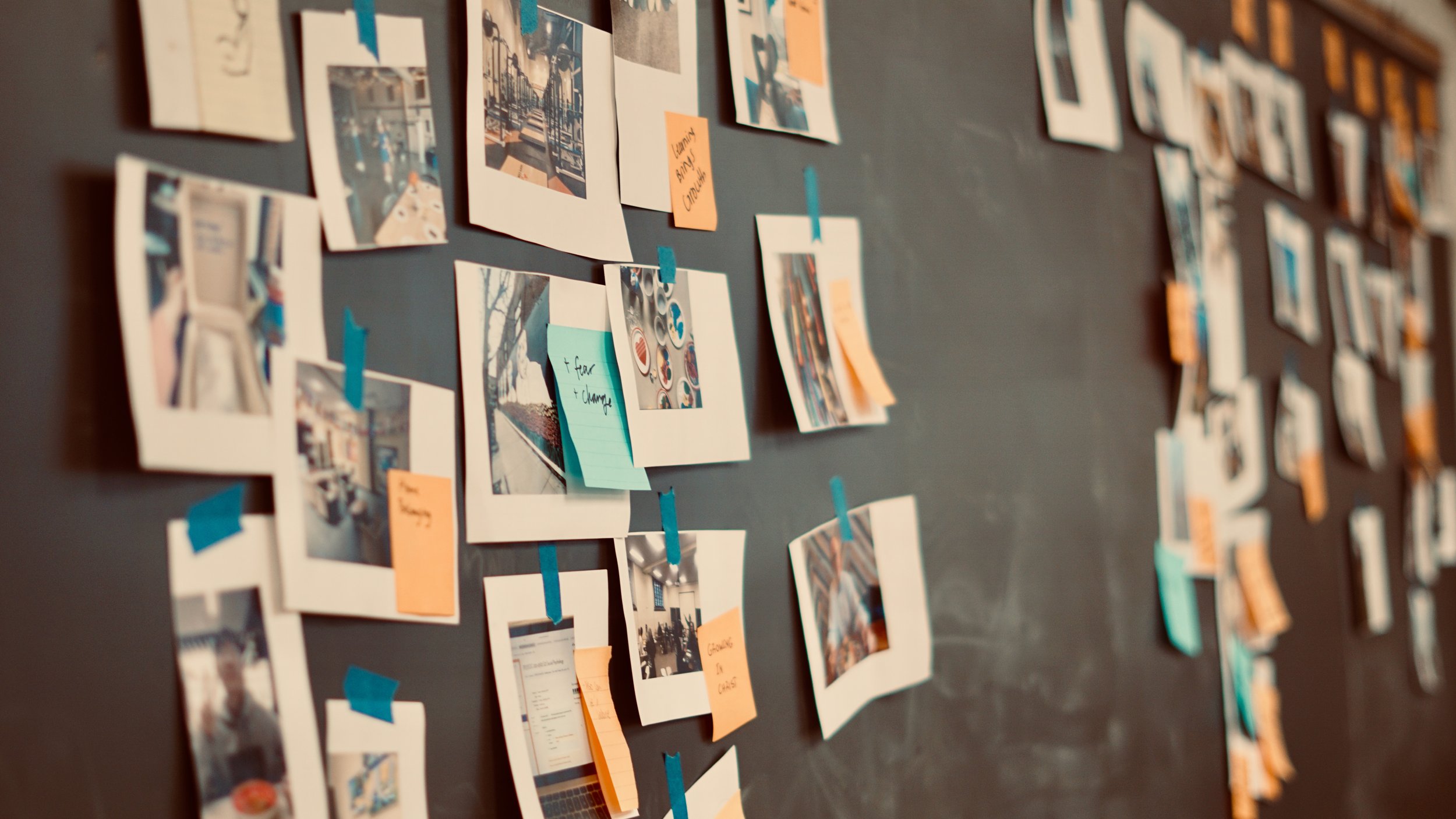
What is the impact of an Interfaith Photovoice project?
Our work helps people to see deeply, bridge divides, and instigate change in communities and organizations.
“It was a great experience learning from different faiths and religions. I learned a lot about other religions from personal experiences.”
— Tamer (Palestine)
During an Interfaith Photovoice project, people share photos and stories about religion and spirituality in everyday life. They discover the bridges and barriers people experience because of their beliefs. And they explore avenues for personal and cultural change. As people from different backgrounds interact, an important process unfolds: Photographs give participants permission to exercise curiosity about one another’s beliefs, practices, and values.
When people are asked to snap photos they can use to share what their beliefs, practices, and values look like in everyday life, prayer and meditation are popular topics. A Muslim will often bring a photograph of their prayer rug and people in their discussion group from different backgrounds will have the chance to learn about what prayer entails for their new Muslim friend. The who, what, when, where, how, and why of prayer can be a revelation to non-Muslims. Others begin to recognize how difficult it can be for a Muslim live up to their own prayer intentions due to social and cultural barriers.
“We saw confidence and hope in our photos. We saw a celebration of life, family, nature, and being alive. We saw hope for tomorrow, and hope in communities…. This was very empowering for me.”
— Virpi (Finland)
When someone of a different religious or spiritual persuasion recognizes challenges like these, that new understanding can lead to empathy. And empathy can foster a desire to advocate for changes that make it easier for people to bring their whole selves to public life, not just for one’s Muslim friend, but for people of any (or no) religious background.
Seeing the world through the lens of another person and having the opportunity to discuss beliefs, practices, and values improves religious literacy, increases one’s capacity for interreligious understanding, and reduces prejudice.
“We see things through different lenses, but we all have the same goal in the end: we just want to make the world a better place.”
— Israa (USA)
